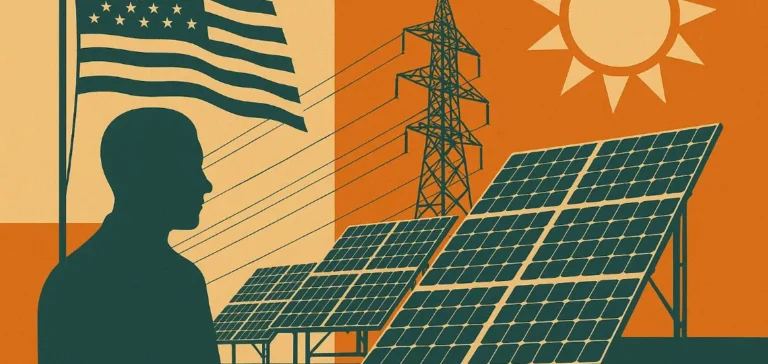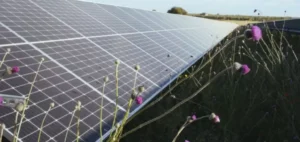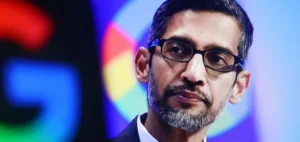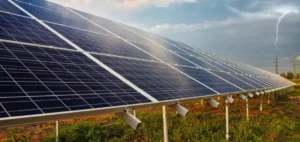After several years of strong expansion, the U.S. solar industry anticipates a significant slowdown in new installations by the end of the decade, according to a recent analysis by the Solar Energy Industries Association (SEIA) in collaboration with Wood Mackenzie.
Impact of Federal Tax Policies
The primary reason highlighted by these organizations relates to a series of recent policy measures in Washington. Notably, a bill introduced by the Republican majority in the House of Representatives could eliminate a significant portion of current tax credits, particularly those included in the 2022 Inflation Reduction Act (IRA). These credits previously boosted investments in both residential and commercial solar installations. Without these fiscal incentives, solar’s economic competitiveness compared to other forms of electricity generation could significantly weaken, leading to a projected 10% reduction in new installed capacity between 2025 and 2030.
Recently imposed tariffs on steel and aluminum, essential materials for solar infrastructure, represent an additional constraint. This measure directly increases investment costs and compels some developers to reconsider or delay their projects. Rising costs impact both large-scale industrial projects and domestic installations alike.
Current Situation and Sector Forecasts
During the first quarter of 2025, the United States installed approximately 10.8 gigawatts (GW) of new solar capacity. This represents a 7% decline compared to the same period the previous year, according to SEIA data. The residential sector was particularly impacted, recording a 13% drop due primarily to high interest rates and uncertainty over future tax incentives. This trend could persist in the short term, though stabilization is expected in the medium term.
Large-scale industrial projects, however, continue to dominate the U.S. solar landscape. Currently, five states—Texas, Florida, Ohio, Indiana, and California—account for nearly 65% of new installed solar capacity. This geographic concentration underscores the sector’s current dependence on favorable regulatory environments at the local level, despite federal uncertainties.
Towards Stabilization by 2030
The long-term outlook remains mixed. Analysts suggest solar competitiveness could gradually recover starting around 2030 if conventional electricity costs rise as expected, partially offsetting reduced tax incentives. Moreover, persistent political uncertainty makes clear market condition forecasts challenging.
Industry professionals closely monitor political developments, aware that a stable regulatory environment remains critical to maintaining investments necessary for ongoing solar development in the United States. The extent of the slowdown will largely depend on upcoming federal government decisions regarding energy and trade policies.






















